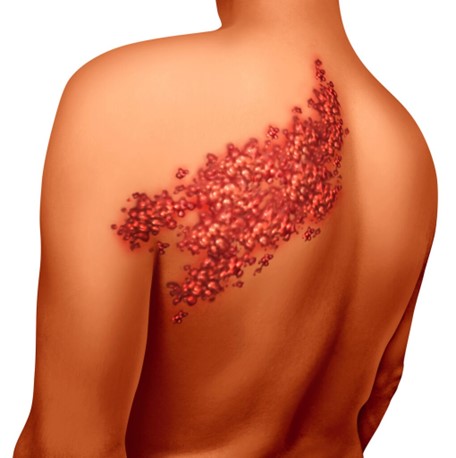A nurse in a health clinic is collecting data from an older adult client. Which of the following information in the client's history increases her risk for osteoporosis?
The client walks 3.2 km (2 mi) daily.
The client is a gardener.
The client is lactose intolerant.
The client has a glass of red wine every evening.
The Correct Answer is C
The correct answer is choice C. The client's lactose intolerance places her at an increased risk for osteoporosis, as dairy products are a rich source of calcium and vitamin D, which are important for bone health. Walking daily and gardening may actually help to reduce the risk of osteoporosis, as physical activity can help to strengthen bones. Drinking red wine in moderation may provide some benefits for cardiovascular health and may not necessarily increase the risk of osteoporosis.
Reason why each of the other choices are not answers:
A is not correct because walking daily can help to improve bone health and reduce the risk of osteoporosis.
B is not correct because gardening can also provide physical activity and help to reduce the risk of osteoporosis.
D is not correct because propranolol does not typically cause increased hair growth, and requesting a dosage increase based on apical heart rate may not be necessary for all clients taking this medication.
Nursing Test Bank
Naxlex Comprehensive Predictor Exams
Related Questions
Correct Answer is B
Explanation

The correct answer is choice B, herpes zoster. A 65-year-old client should receive the herpes zoster vaccine, which is recommended for adults over the age of 60 years to prevent shingles. Choice A is incorrect because inactivated polio virus vaccine is recommended for travelers to areas where polio is endemic or epidemic, and for laboratory workers who handle specimens containing poliovirus. Choice C is incorrect because the human papillomavirus vaccine is recommended for females aged 9-26 years and males aged 9-21 years. Choice D is incorrect because the measles, mumps, and rubella vaccine is recommended for individuals born after 1957 who have not had the vaccine or the diseases.
Choice A: Inactivated polio virus vaccine is incorrect because it is recommended for travelers to areas where polio is endemic or epidemic, and for laboratory workers who handle specimens containing poliovirus.
Choice C: Human papillomavirus vaccine is incorrect because it is recommended for females aged 9-26 years and males aged 9-21 years.
Choice D: Measles, mumps, and rubella vaccine is incorrect because it is recommended for individuals born after 1957 who have not had the vaccine or the diseases.
Correct Answer is D
Explanation
The nurse should recommend the pneumococcal vaccine to the client, as this is recommended for all adults over the age of 65 to prevent pneumococcal disease. Choice A is incorrect because the tuberculosis vaccine is not routinely given to adults in the United States. Choice B is incorrect because the HPV vaccine is recommended primarily for young adults to prevent HPV-related cancers. Choice C is incorrect because the MMR vaccine is recommended for children, and most adults have already received it. Choice A is not correct because the tuberculosis vaccine is not routinely given to adults in the United States.
Whether you are a student looking to ace your exams or a practicing nurse seeking to enhance your expertise , our nursing education contents will empower you with the confidence and competence to make a difference in the lives of patients and become a respected leader in the healthcare field.
Visit Naxlex, invest in your future and unlock endless possibilities with our unparalleled nursing education contents today
Report Wrong Answer on the Current Question
Do you disagree with the answer? If yes, what is your expected answer? Explain.
Kindly be descriptive with the issue you are facing.
